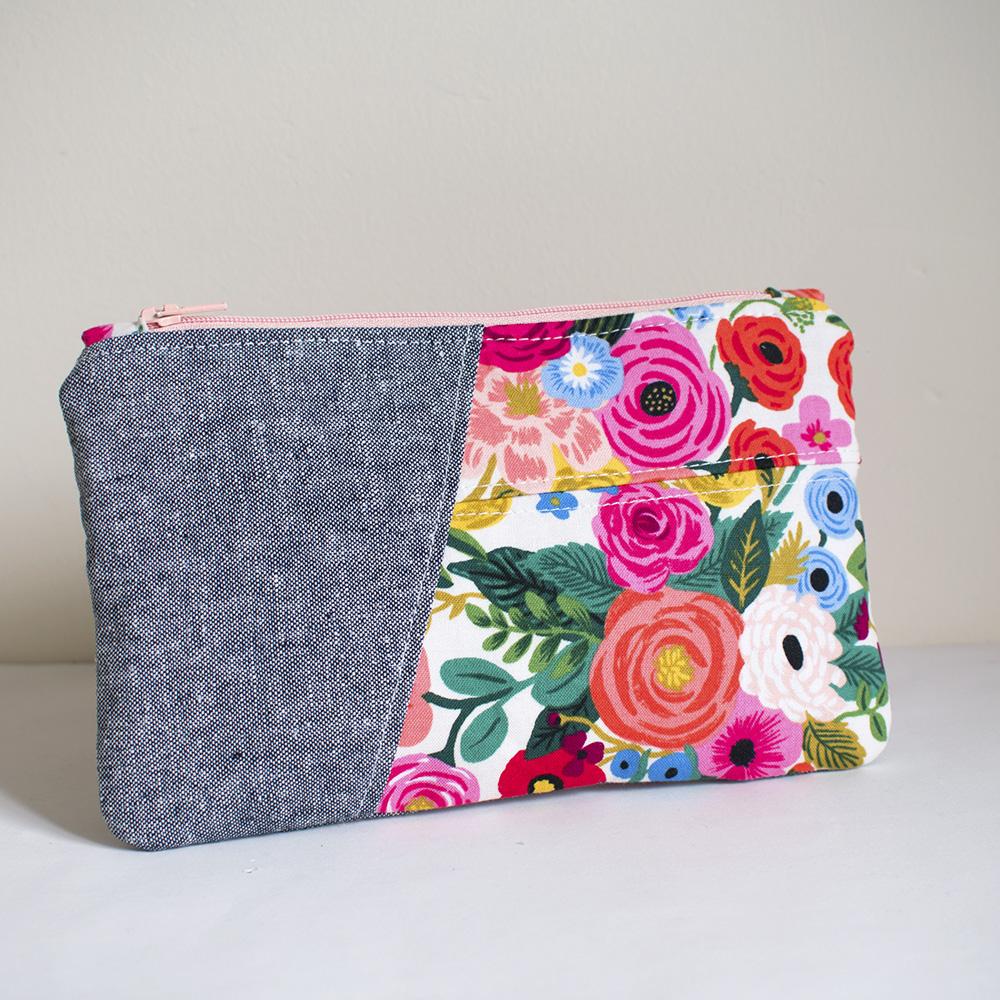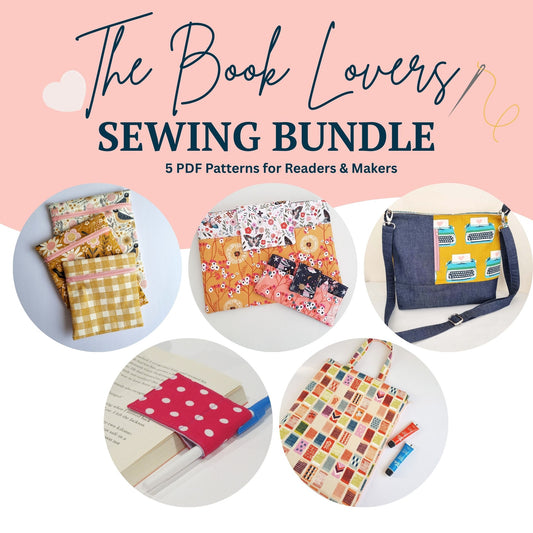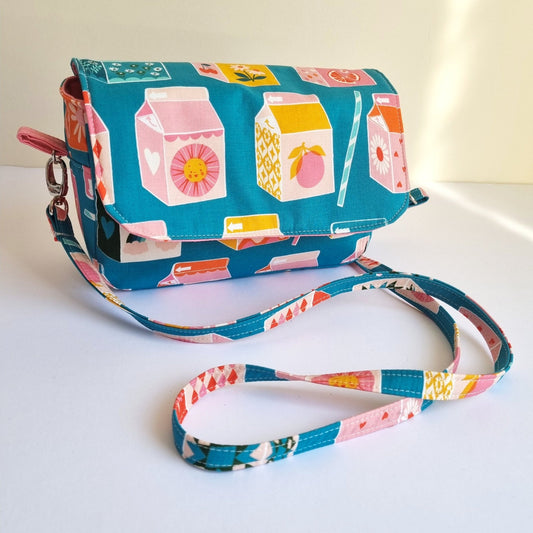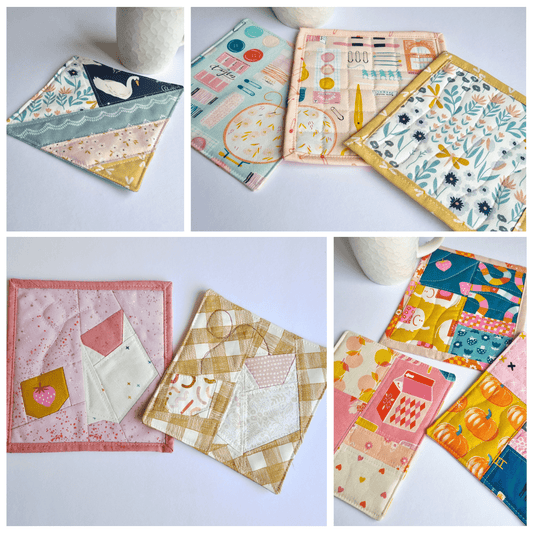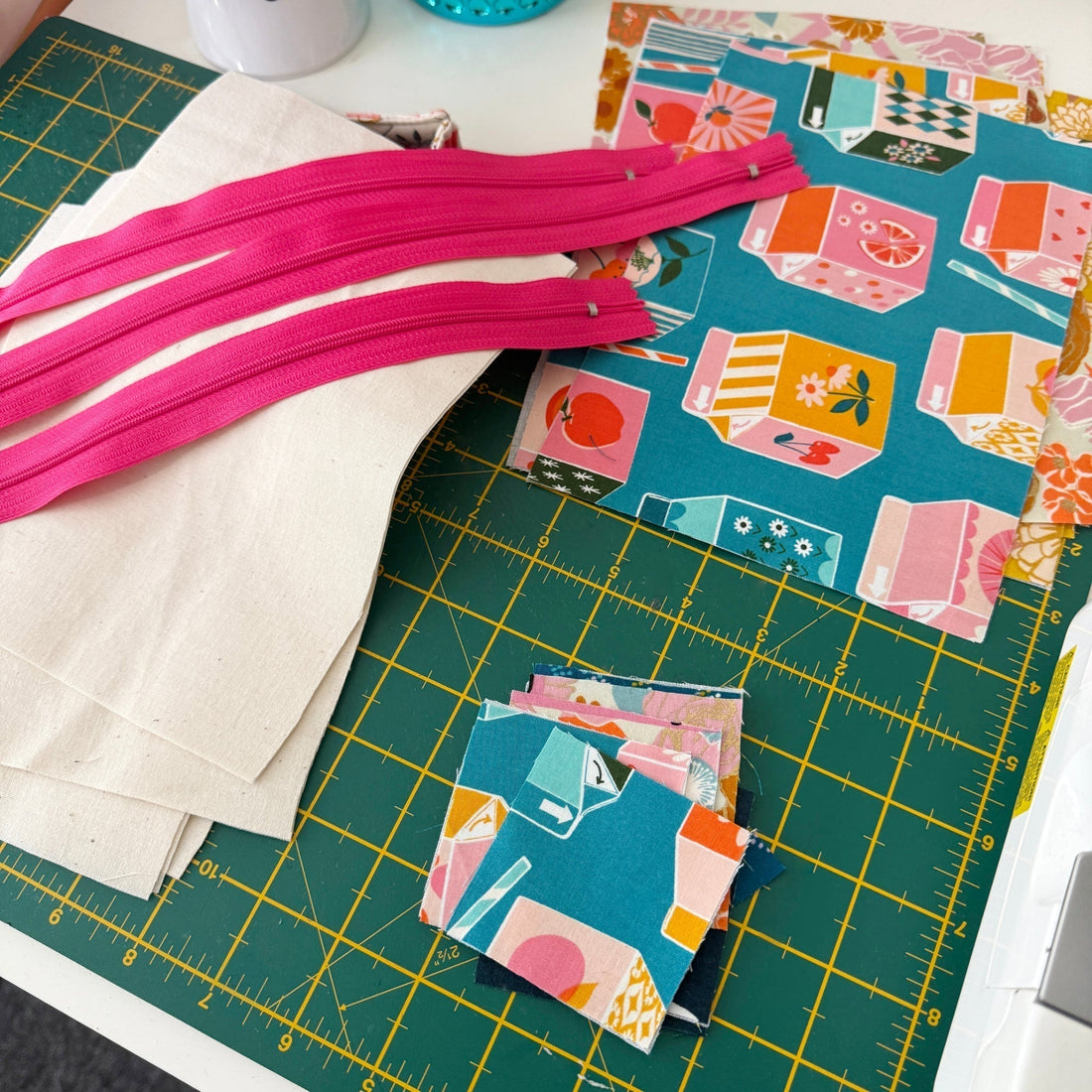
Sewing to Sell
So you've been dreaming of turning your sewing hobby into a side hustle (or full-time business!) This blog post will show you my method! After years of sewing and selling handmade goods, I developed a simple but powerful method that helped me stay focused, productive, and profitable.
Simplify, Refine, and Batch.
Let’s dive into how this works and how you can apply it to your own sewing business.
When you’re sewing to sell, it is so tempting just to get all the patterns you love and to sell those items but some take longer than others to create, some are just too unique to be viable for selling to a wide range of people.
When your sewing to sell to the public you need to choose patterns and items that will sell to a large amount of people while still being in your unique style.
You can experiment with items sewing small batches of items 5-10 to see how they sell and estimating costs before buying materials in bulk.
Why this method works
Whether you’re selling at markets or online, this approach keeps you in control and aligned with your creative goals.
By combining these three pillars Simplify, Refine, and Batch you will:
-
Produce beautiful items faster
-
Reduce overwhelm and decision fatigue
-
Stay consistent and professional
-
Maximise profit margins
Simplify by:
-
Choosing a few go-to patterns and creating a collection that is versatile and loved by your customers.
-
Using a limited palette of fabrics and hardware that work well together, are easy to source, and suit your brand. I now buy seeded natural cotton for all of my linings so i can bulk buy and use zip tapes when i can.
-
Sticking to one or two types of zips or hardware, which helps reduce decision fatigue and can be bought in bulk.
An example is choose on 2–3 designs (a collection) and use the same few zip lengths and colours for all of them.
Refine by:
Refining makes the difference between good and amazing. This is where you level up your skills and streamline your production.
-
Practicing your most-used stitches, techniques, and finishes until they’re second nature. Use tools that will assist in this, like narrow foot or edging foot.
-
Creating checklists or repeatable workflows for each product. I also use task lists to keep me on track and track supplies. Check out my FREE Notion Fabric Stash template. It's an exact copy of the one i use!
- Time yourself and identify bottlenecks in your processes. This also includes business stuff, like admin. What can you automate? What are you repeating over and over that could be refined.
Batch Prepare and Sew:
This is a way to save time and materials.
Here’s how I batch my workflow:
-
Gather & Cut all materials for multiple items at once. Create neat piles to be able to reach for these when sewing
-
Fuse all interfacing or stabilisers in one session.
-
Sew in stages, sew all the zips tabs using chain stitching techniques, then sew together the pouches and linings, then all topstitching. Batch sewing stages together.
A good workflow leads to consistently well made products you’re proud to sell. Although I no longer sell my handbags and pouches at markets or online, i still use these methods as they save me so much time and money in my business.
